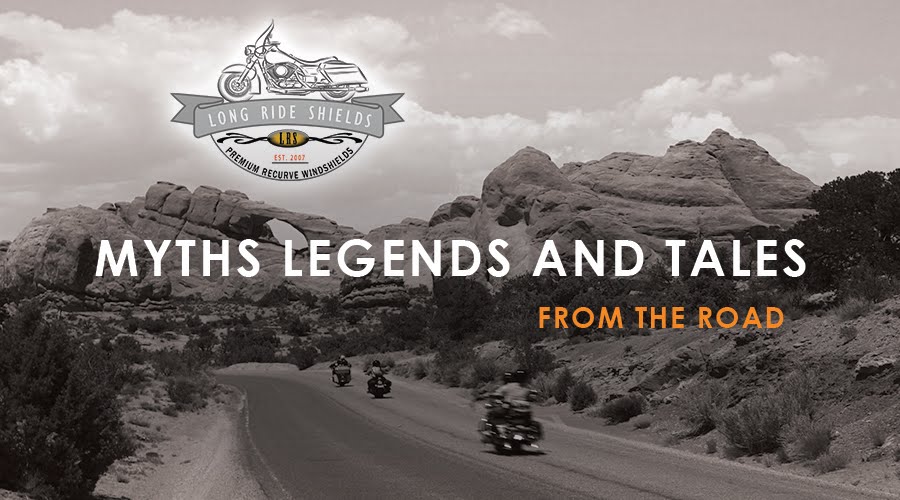Vehicle-to-vehicle communication can prevent crashes
Smarter cars that talk to one another are the next step in auto safety
Imagine that you’re approaching an intersection at about
30 mph, with a green traffic light beckoning you through. What you can’t
see, however, is that another vehicle, coming in on the cross street,
is about to run a red light. In a typical car, you would enter the
intersection and most likely be slammed in the side by the other
vehicle, which could seriously injure or even kill you. But in this car,
a prominent red warning light flashes on the dash and an alarm blares,
giving you time to hit the brakes before entering the danger zone.
That is one of several scenarios in which an ambitious
new safety system being developed by the government, universities, and
major automakers could help prevent an accident. The system allows cars
in the same area to instantly communicate with one another over a
wireless network, exchanging data about each vehicle’s speed, location,
and direction of travel. With that information, the system can determine
whether a crash is likely and warn drivers to brake. In more advanced
designs, it can even brake the car if a driver doesn’t respond quickly
enough.

In addition to vehicle-to-vehicle (V2V) communication,
systems are also being developed that allow cars to communicate with
roadside infrastructure, such as traffic lights, and work and school
zones. Taken together, the technology is now often referred to as V2X.
To some, this may seem like a Big Brother approach to
monitoring driver behavior, but according to the National Highway
Traffic Safety Administration, such a system has the potential to help
drivers avoid or minimize up to 80 percent of crashes involving
unimpaired drivers. NHTSA’s administrator, David Strickland, calls it
“the next major safety breakthrough.”
Brian Lyons, Toyota’s manager of safety and quality
communications, agrees, calling it a natural evolution in automotive
safety development. “The first phase was about passive systems—air bags
and so on,” he says. “The second was about active safety, including
electronic stability control, collision-avoidance systems, etc. The
third phase will be about car-to-car communication that can dramatically
reduce the number of crashes on our roads.”
Gregory D. Winfree, acting administrator of the
Department of Transportation’s Research and Innovative Technology
Administration, sums it up this way: “The past 50 years have been about
surviving vehicle crashes; the next 50 will be about preventing them.”
Implementing connected-vehicle technology on a mass scale
is still several years away, and it will need to address concerns about
privacy and cybersecurity to be accepted by the public. But we’re
already seeing forms of connectivity on the road that can help drivers
get where they’re going
safer, faster, and more efficiently.
How talking cars can protect you
Vehicle-to-vehicle communication systems, commonly called
V2V or V2X, are designed to prevent crashes in a number of scenarios.
Federal officials have conducted several driver clinics over the past
year in which public volunteers have been able to experience the
technology and see how these features can help them avoid accidents:
Intersection assist. When you approach an intersection, it
alerts you if another vehicle is traveling at such a speed on a cross
street that it could run a red light or stop sign and hit your car in
the side. This helps prevent common and often fatal T-bone accidents.
Left-turn assist. When in an intersection, it alerts you if
there's not enough time to make a left-hand turn because of oncoming
vehicles. This can keep you from turning even when you can't see the
oncoming car.
Do-not-pass warning. When driving on a two-lane road, the
system warns you when a vehicle coming in the opposite direction makes
it unsafe to pass a slower-moving vehicle.
Advance warning of a vehicle braking ahead. The system emits an alert
when a vehicle that's two or more cars ahead in the same lane—and
possibly out of sight—hits the brakes unexpectedly. This can help
prevent a rear-end collision when you're caught by surprise.
Forward-collision warning. A warning will sound if the system
detects that you're traveling at a speed that could cause you to hit a
slower-moving vehicle in the rear. It will also give you advance warning
of a stopped vehicle in your lane that you may not see because of a
vehicle in front of you or because it's around a bend in the road.
Blind-spot/lane-change warning. When traveling on a multilane
road, this illuminates a warning light when a car is positioned in your
blind spot. It also emits a loud beep if you activate your turn signal
when it's unsafe to change lanes. V2X is more accurate than current
blind-spot monitoring systems that use cameras or radar and can even
warn you of a car that's accelerating into your blind zone, which
conventional systems can't do.





























